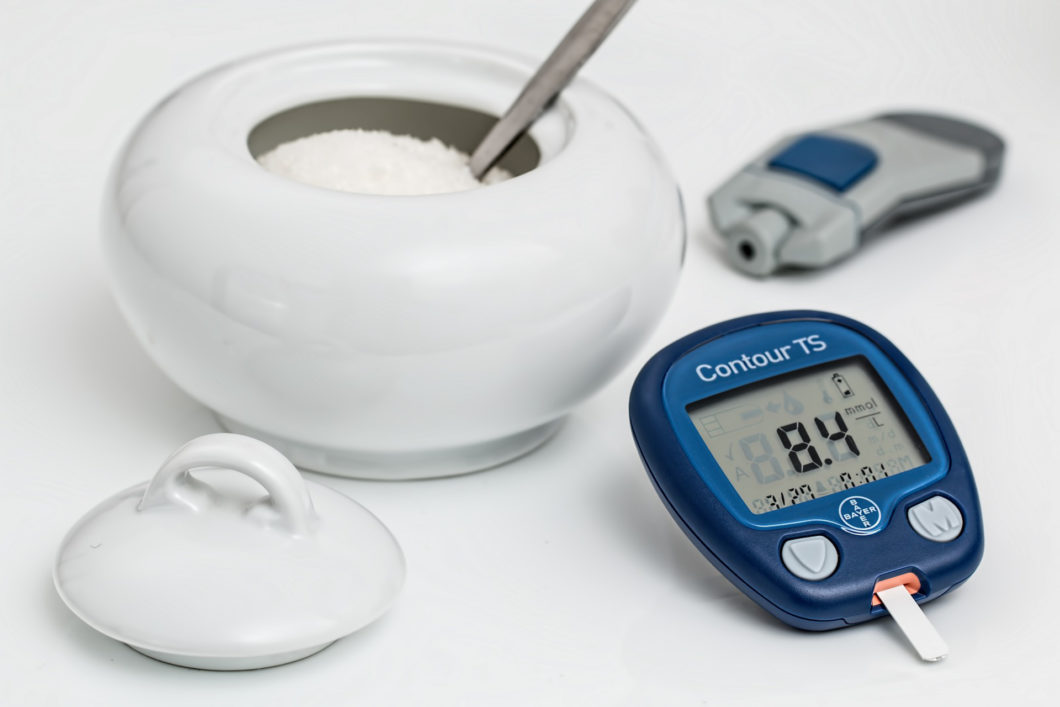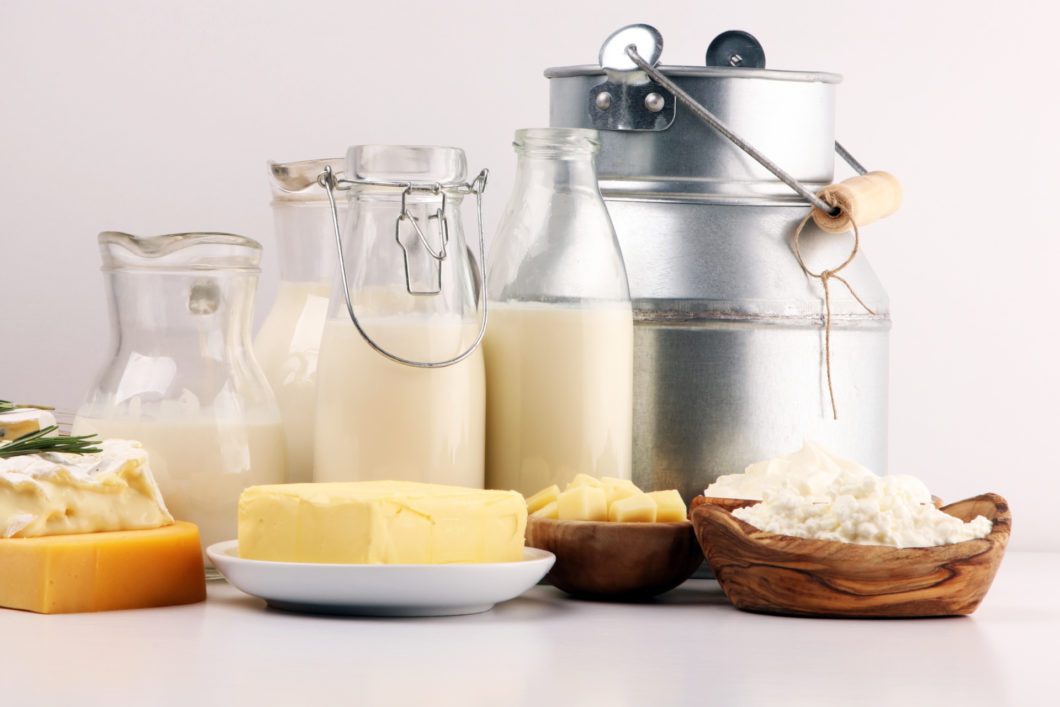Sugar Reduction for Healthy Believers
Business development • The fact that sugar reduction can be a complex matter may not come as a surprise. There are many things to consider. But it does not stop at chemical processes, trying out flavours and combinations of different ingredients. Sugar reduction is different for different people. Being aware of this is the key to reaching the right target audience.
Different people have different reasons why they want to reduce their intake of sugar (if they want it at all). In this article, we will take a closer look at the reasons of those we described in two previous articles as ‘healthy believers’. We will once again meet the four sub-groups of healthy believers and look at how their beliefs and ideals affect their preferences regarding sugar reduction. But we start off with a short repetition.
What are healthy believers?
The concept of healthy believers comes from the Global Gamechangers 2020 report made by the Healthy Marketing Team (HMT) consultancy and branding agency. Together with researchers at Lund University, they have looked more closely at consumers who value healthy food and drink – with an emphasis on healthy. They are affluent consumers, who can be divided into four sub-groups based on their beliefs about health and what constitutes healthy food.
What drives them?
Healthy believers are constituted of four consumer groups:
- self-realization consumers
- ethical consumers
- scientific consumers
- traditional consumers
Their conception of health and food is complex. It’s not just about a balanced diet and eating some fruit and vegetables to keep the waistline in check. No, their beliefs are also shaped by culture, values, politics and identity creation.
The question is whether these beliefs also affect their views on sugar, sugar reduction and sweeteners.
The self-realization consumer
The experience plays a big role for the self-realization consumers. The emotions that come from a certain experience determine whether something is good, or less good. Knowing and feeling flow into each other and are equal for the self-realizing consumer. If sugar from coconut feels good and gives the right associations – well, then it is good.

They love to seek out and discover new and unusual things. They strive for natural products, or at least what they perceive as natural.
When it comes to reducing sugar, artificial ingredients are regarded as the plague. Instead, they are looking for originality and purity, which reflects that they are in a sense a fairly conservative group. It may feel new and unexpected, but the ingredients may be derived from some form of ancient tradition, wisdom or mystery.
An example is the Swedish pastry chocolate balls made according to the raw food ideal where sweetness can come from dates. When an ancient and natural ingredient meets an unexpected food, the result is perceived as exciting and innovative.
Typical ingredients for the self-realization consumer
Perhaps monk fruit is something for the self-realizing consumer? The extract from Monk fruit is called mogrosides, which are a sweetener with natural origin and zero calories.
According to the legend, Buddhist monks started to cultivate this fruit during the 13th and 14th century.
These monks were known as Luo Han, which also became the name of the fruit, which has since become, simply – monk fruit.
This kind of ancient mystery is something that fascinates and attracts the self-realization consumer.
Monk fruit is not yet an approved ingredient in the EU but is expected to be within a year.

The ethical consumer
The next group is the segment with a great conscience. For these consumers, health is a vast concept that, in addition to themselves, also includes the entire planet and the well-being of humans and animals.
This view is also reflected in the food they choose. They actively look for products that clearly signal good working conditions, concern for the environment and climate, as well as the absence of animal experiments.
It has also been found that consumers more than ever before care about the food production chain with everything it entails in the form of collaborations and sub-suppliers.
A bag of jelly beans is comparable to a small portion of pork when it comes to climate impact, according to the Swedish Food Agency. This consumer group is well aware of this.
Arable land is occupied and rainforests are destroyed to produce sugar that humans does not really need. There are clear incentives for the ethical consumer to reduce or exclude sugar.
But what can replace sugar?
Typical ingredient for the ethical consumer
Stevia is an interesting candidate for the ethical consumer. In addition to being caloric-free and not affecting blood sugar levels, stevia requires less soil, water and energy to produce the same amount of sweetness found in sugar. A study of the water and carbon dioxide footprint for stevia shows a reduction in water consumption by 92 per cent and a decrease of the carbon dioxide footprint by 82 per cent compared to sugar beets.
The cultivation of stevia also creates valuable jobs for farmers in, for example, Kenya, China, Paraguay and Brazil.

The scientific consumer
The scientific consumer is almost the opposite of the self-realizing consumer. It is not the emotions that are in focus but cold and uncompromising facts. The scientific consumer is also very result-oriented and wants to see tangible results of the choices and actions that he or she makes.
Therefore, when it comes to sugar reduction, it can be about products that are low in calories and have no or little effect on blood sugar levels.
The scientific consumer is a geeky consumer who gladly listens to experts and specialists. From the perspective of a food producer – this is something to behold since it creates opportunities to explain product benefits on a detailed level.
At the same time, it can also be a danger. You must not neglect communication. This consumer group is awake and understands most things.
Typical ingredient for the scientific consumer
The scientific consumer is result-oriented and is often but not always a person with an active lifestyle. They look for the best products during or after a demanding activity such as marathons, cycling or an outdoor day in nature. These activities often require supplementation of protein, minerals and good carbohydrates, among other things, to maximize performance and recovery.
Various forms of sports drinks and supplements are popular, but what is available if you do not want to sacrifice sweetness – and at the same time get rid of unnecessary calories?
Erythritol may be a solution. Erythritol is a sugar alcohol that is extremely popular in beverages. If you use erythritol in combination with, for example, stevia in a sports drink, you can get a product with zero calories and no effect on blood sugar.

The traditional consumer
Finally we have the traditional consumers. They harbour a distrust of the global and large-scale. Instead, it is a small company, farm, or factory that gets their attention. It simply feels more unadulterated and genuine.
This target group enjoys food as it was intended from the start. A ‘real’ sponge cake should contain ordinary, honest eggs, pure flour and classic powdered sugar. It is therefore conceivable that there is an inherent scepticism about all forms of sugar substitutes.
One might ask if it is meaningful to market sugar reduction to this group. But there are reasons to do so. Even among traditional consumers, there are those who struggle with being overweight or having problems with blood sugar levels. They need to cut back on sugar but do not want to sacrifice the traditional taste experience or sacrifice the small-scale and genuine.
Typical ingredient for the traditional consumer
If we assume the premise that the consumer is a traditionalist with some sort of medical condition, sugar reduction becomes a necessary evil. This is a target group that thinks that sugar has a rightful place in food. It is therefore important that the product is reminiscent of its original counterpart as much as possible.
It may require a sophisticated combination of many different ingredients. Especially when it comes to complex sugar reduction in, for example, pastries, ice cream and confectionery. Such a solution may be sweetened fibres.
Make the right choice
As you notice, healthy believers differ when it comes to sugar reduction. Winning everyone’s hearts at once can be hard not to say impossible. A better way is to choose one of the four subgroups and then adapt the communication accordingly.
And now what?
If you want to learn more about healthy believers, read our articles on them. If you want to learn more about the ingredients we use to reduce sugar, I recommend the two article series From seed to EUREBA and Sugar reduction in practice. And don’t forget to subscribe to our magazine!
Please, share this article if you liked it.
[et_social_share]






